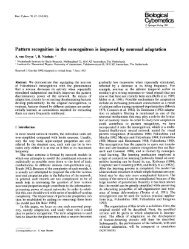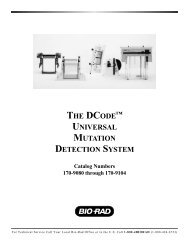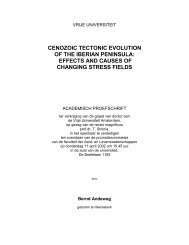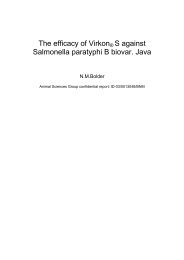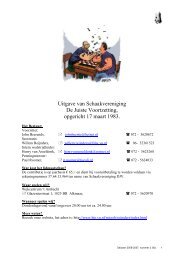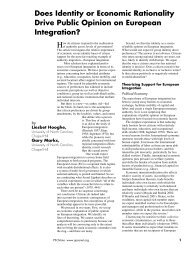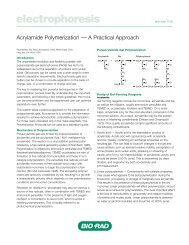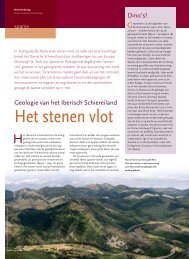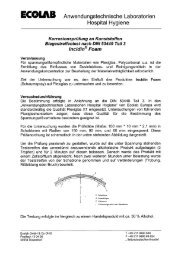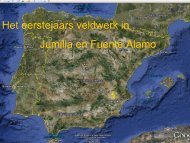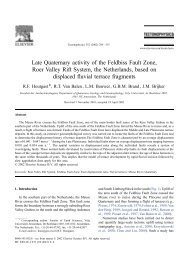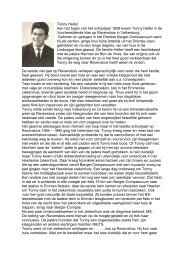5 NATURAL ABUNDANCE OF THE STABLE ISOTOPES ... - Falw.vu
5 NATURAL ABUNDANCE OF THE STABLE ISOTOPES ... - Falw.vu
5 NATURAL ABUNDANCE OF THE STABLE ISOTOPES ... - Falw.vu
Create successful ePaper yourself
Turn your PDF publications into a flip-book with our unique Google optimized e-Paper software.
Chapter 77.1 <strong>STABLE</strong> CARBON <strong>ISOTOPES</strong>Table 7.1The stable and radioactive isotopes of carbon: practical data for the natural abundance,properties, analytical techniques and standards. Further details are given in Sect.7.1 and8.1, and in Chapters 10 and 11.MS = mass spectrometry, PGC = proportional gas counting, LSS = liquid scintillationspectrometry, AMS = accelerator mass spectrometry12 C13 C14 Cstability stable stable radioactivenatural abundance 0.989 0.011 < 10 12natural specific activity< 0.25 Bq/gCdecay mode / daughter / 14 Nhalf-life (T 1/2 )decay constant ()max. energyabundance rangein hydrological cycle5730 a1.2110 4 /a = 1/8267 a 1156 keV30‰ 0 to 10 12reported as13 or 13 C14 A, 14 a, 14 , or 14 in ‰ dpm/gC, Bq/gC, %, or ‰instrument MS PGC, LSS, AMSanalytical medium CO 2 CO 2 , C 2 H 2 , CH 4 ,C 6 H 6 , graphiteusual standard deviation 0.03‰ 1‰ to 1% at natural levelinternational standard VPDB Oxalic acid: Ox1, Ox2with absolute value 0.0112372 13.56 dpm/gC7.1.1 <strong>THE</strong> <strong>NATURAL</strong> <strong>ABUNDANCE</strong>The chemical element carbon has two stable isotopes, 12 C and 13 C. Their abundance is about98.9% and 1.1%, so that the 13 C/ 12 C ratio is about 0.011 (Nier, 1950). As a result of severalfractionation processes, kinetic as well as equilibrium, the isotope ratio shows a naturalvariation of almost 100‰.90



